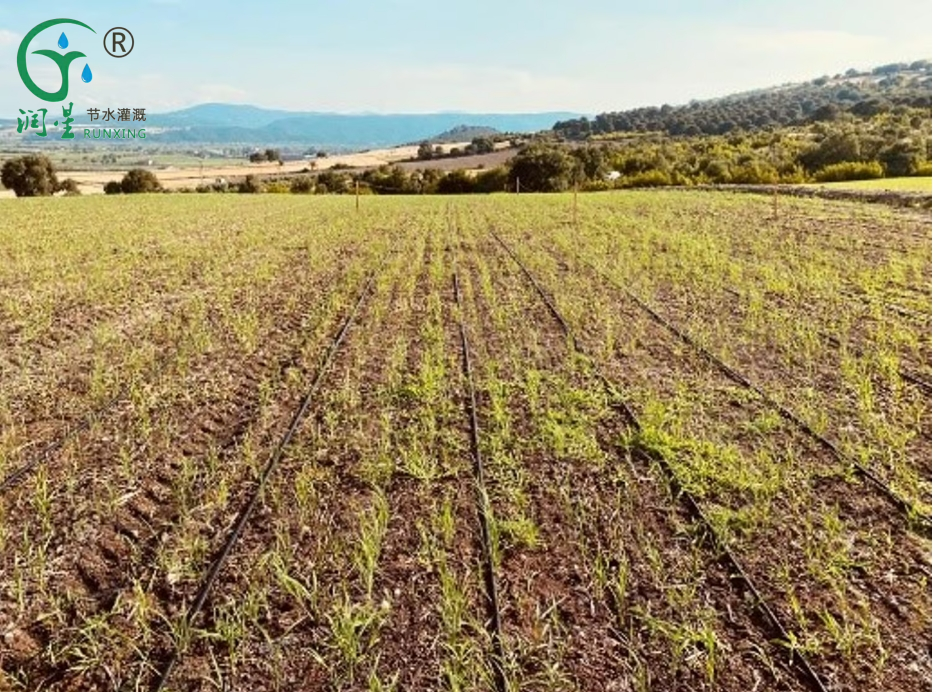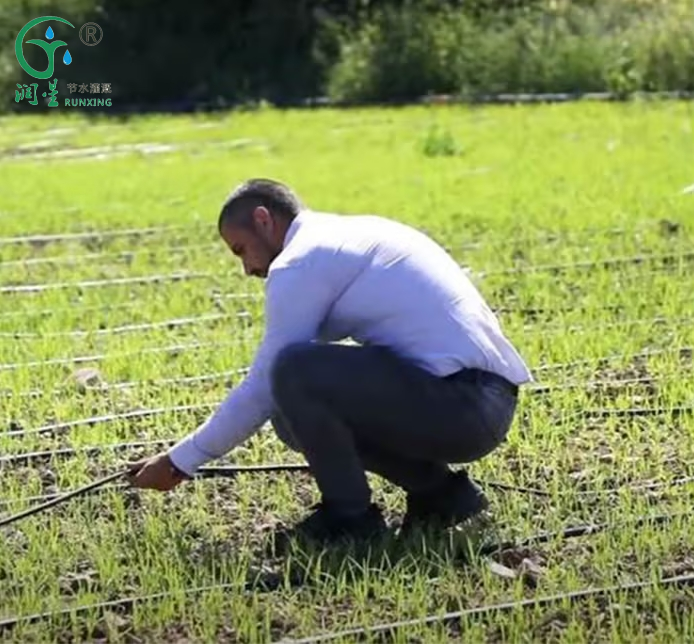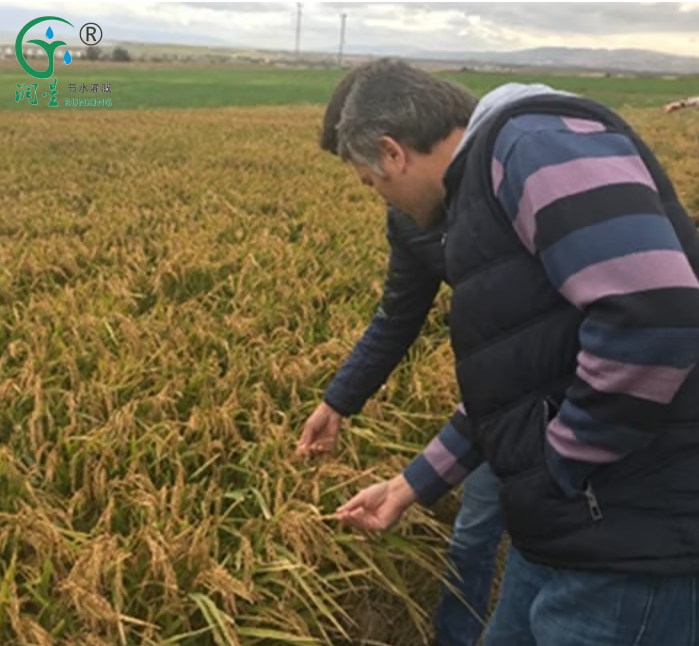The Revolutionary Transformation of Paddy through Drip Irrigation
Iran boasts a diverse agricultural landscape, with rice cultivation being a key component of its farming sector. The majority of the country’s rice production is concentrated in the northern regions, where favorable climatic conditions and suitable soil types provide ideal conditions for rice cultivation.
Iran rice yield is shaped by various factors, including weather patterns, irrigation methods, and advancements in farming technologies. By emphasizing sustainable and efficient rice farming practices, Iran aims to not only meet domestic demand but also position itself as a potential contributor to the global rice market. However, the traditional irrigation method of flooding (paddy) has resulted in significant water consumption. In response to this challenge, the Rain Star initiative was launched in 2018 to introduce drip irrigation for rice crops. This innovative study, conducted in collaboration with universities, research institutes, and Iran Ministry of Agriculture, sought to highlight the benefits of drip irrigation in rice production, offering a more water-efficient and sustainable alternative to traditional methods.

Advantages of drip ırrigation for rice growers
1. Reduced water usage: Drip irrigation allows for a significant reduction in water consumption. By delivering water directly to the roots of the plants, this method ensures efficient and effective utilization of water resources.
2. Cost Savings: Drip irrigation offers economic benefits to rice growers. Land preparation expenses are reduced as there is no need for laser leveling. Additionally, energy and labor costs are minimized, contributing to overall cost savings for farmers.
3. Increased Flexibility: Drip irrigation enables rice cultivation on sloping lands, which was previously challenging with traditional methods. Moreover, farmers can also grow rice as a second crop, maximizing land utilization and productivity.


RainStar's commitment to improving rice cultivation through drip irrigation remains steadfast. The next phase of our research will focus on effective weed management in drip-irrigated rice fields. In the past, official research institutes have established demonstration plots to explore this area. Building on these efforts, RainStar, in collaboration with the Global Agronomy Unit, has also set up its own demo plot to conduct herbigation studies, aiming to further improve weed control in rice crops.
Drip irrigation represents a transformative advancement in rice cultivation. By reducing water consumption, lowering costs, and offering greater flexibility, this method provides significant benefits to rice growers. RainStar's pioneering efforts in drip-irrigated rice have paved the way for more sustainable and efficient farming practices, delivering positive outcomes for both farmers and water resources.
RainStar Drip Irrigation – Excellence in Every Drop
About Us
We are dedicated to offering innovative, water-saving, and labor-saving irrigation solutions for agriculture worldwide. Our focus on quality and continuous innovation drives the development and progress of the industry.

